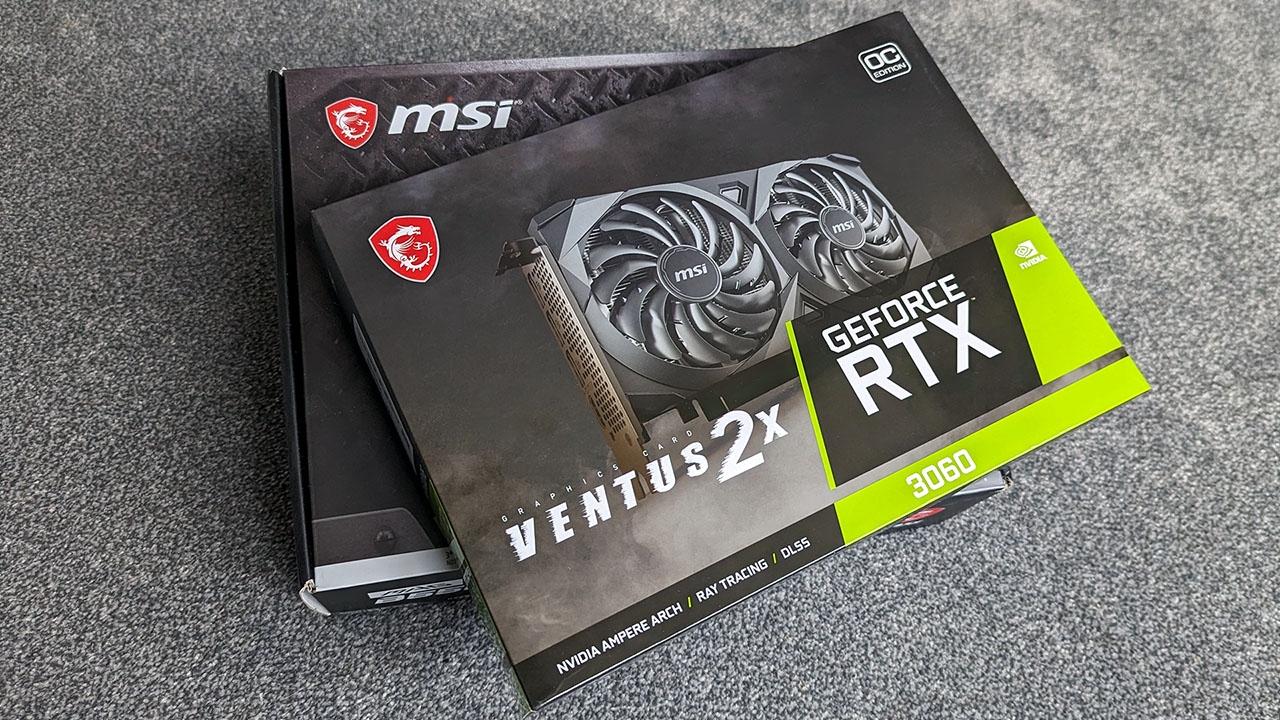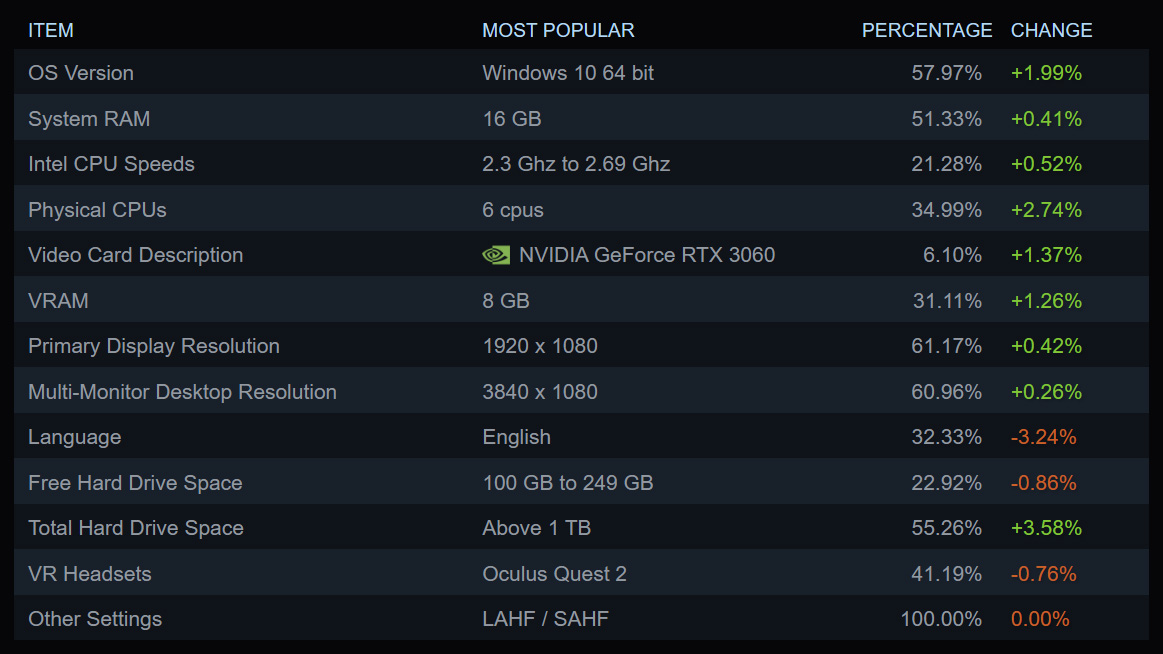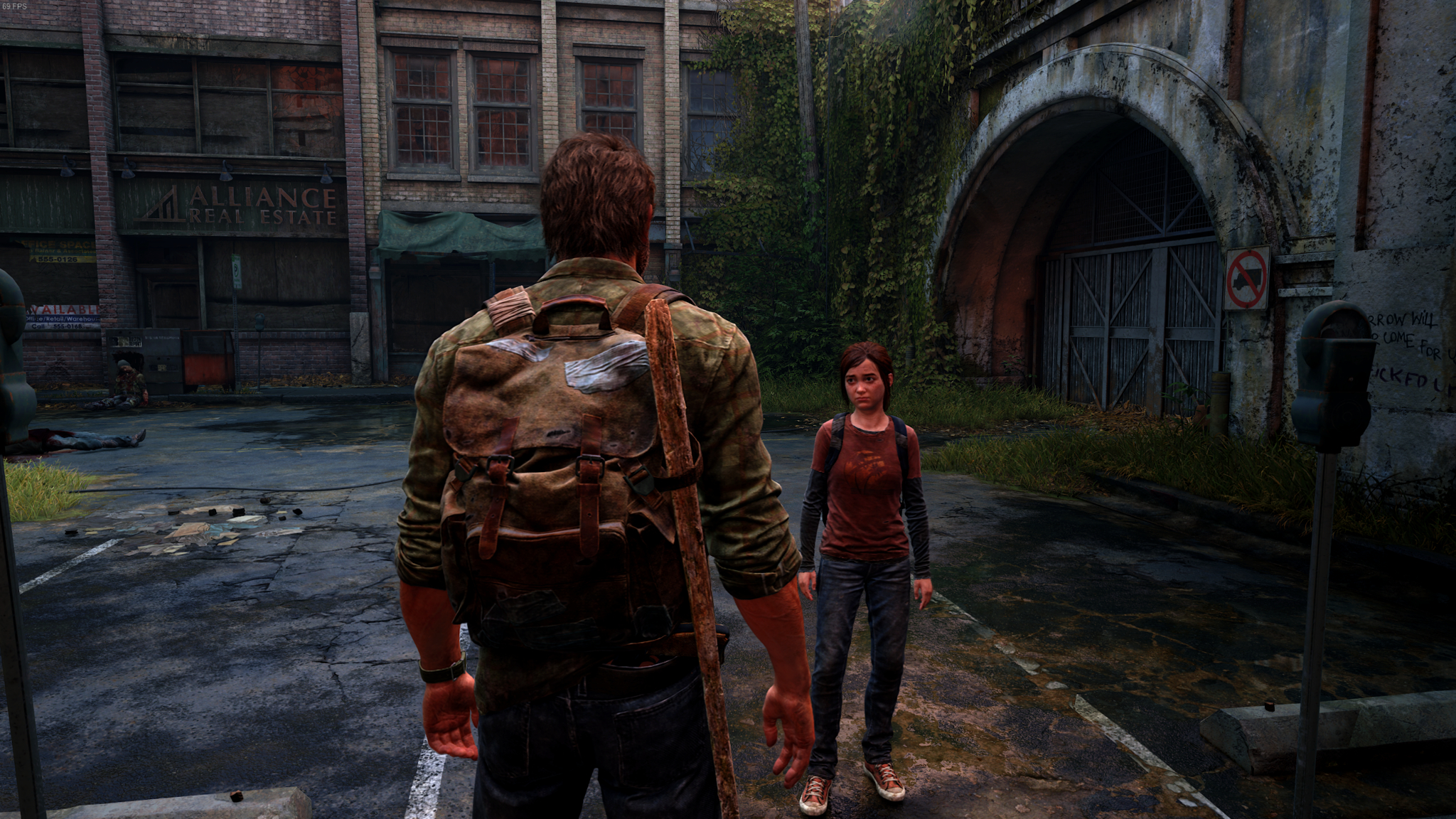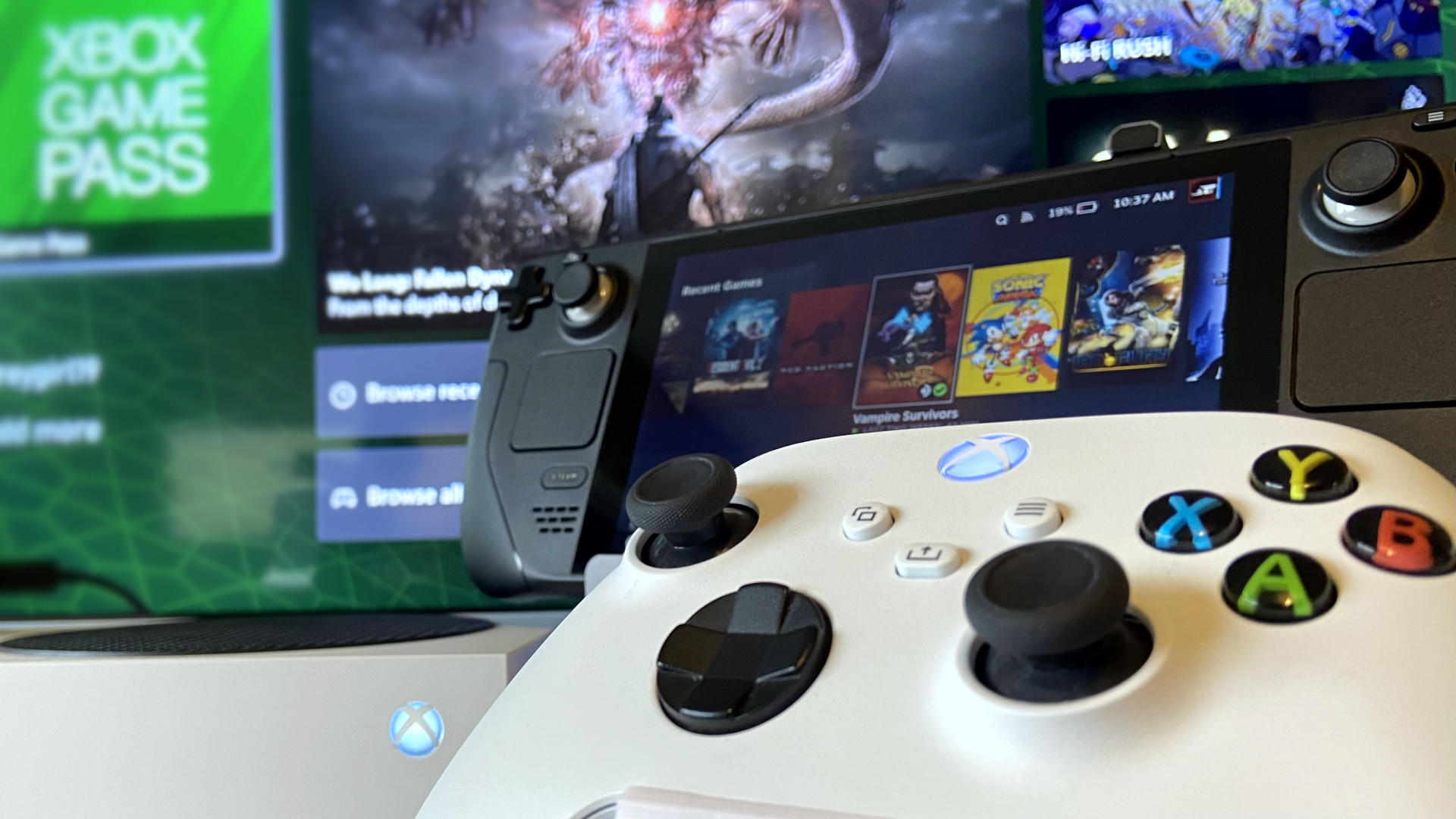Recommended game specs are a joke — PC devs need to temper expectations
Ark: Survival Ascended is just another example of audience neglect.

There's no denying that a PC is at least implied to be the superior gaming platform, thanks to the sheer power offered by various combinations of components. However, it's not the most approachable way to play compared to picking up an Xbox Series X and hooking it up to a discount-price gaming TV that most presumably already have in their homes.
Regular deals on pre-built gaming desktops help newcomers get their foot in the PC gaming door. Still, anything under $1,000 is likely to fall short of some lofty 'recommended' specifications in the latest AAA titles released this year and into the next. So, what's the big idea? Why are flush gamers complaining about struggling to run hit titles like Ark: Survival Ascended on their multi-thousand-dollar rigs?
Ignoring the world's most popular PC

The most obvious answer to why modern games have such strict specification requirements is that they're raising the bar on graphical fidelity, and only the latest hardware provides the necessary processing power to show it off. I'd be fine if that were the case for all games, but it's far from the truth for most titles released in the past year. Even when I've had access to a $1,599 graphics card like NVIDIA's GeForce RTX 4090, it struggled to run Wild Hearts at launch.
Not everyone has the kind of hilarious pocket change needed to drop on such an extravagant GPU. This is particularly evident when the RTX 4090 had only a 0.80% share among PC players who took part in Valve's Steam Hardware & Software Survey for September 2023. Even the slightly cheaper RTX 4080 shows a measly 0.53% appearance, which could be partially forgiven since the RTX 40-Series is still relatively young.
NVIDIA's GeForce RTX 3060 is arguably the world's most popular GPU, so I bought one — it's just a shame it'll barely run my most anticipated games.
So what does the world's most popular PC look like, and why aren't PC game developers ensuring their game will run with a reasonable degree of quality on this combination of components? Previously, the top hitter was the NVIDIA GeForce GTX 1650, a long-standing champion similar to my own GTX 1660 6GB. In September, the GTX 1650 finally relinquished its Steam Survey GPU status to a more modern option, which I chose as a value-conscious upgrade.
Picking up an MSI Ventus 2X variant of the GeForce RTX 3060 12GB felt like a no-brainer when it popped up among some early graphics card deals for Black Friday. Narrowing down the top CPU is a little trickier since Valve only reports on the most common clock speed range and physical core count for Intel, but it's fair to assume it's something like a 12th Gen Core i5-12400F. I generally side with the affordable Ryzen 5 5600X or 5800X, buying the latter for myself — it's just a shame that my new rig will barely run my most anticipated games.
Poor optimization gatekeeps PC gaming


• Early graphics card deals
• 4K and Ultrawide monitor deals
• Early motherboard deals
• Xbox controller deals for October
If I'm honest, there were only two games that I felt genuinely excited about this year: Alan Wake II, which releases tomorrow, Oct. 27, and S.T.A.L.K.E.R. 2, which suffers understandable release date setbacks due to the ongoing crisis in its development home of Ukraine.
Get the Windows Central Newsletter
All the latest news, reviews, and guides for Windows and Xbox diehards.
Both titles are unlikely to run smoothly on my Ryzen 5800X / RTX 3060 PC, given that Alan Wake II's recommended specs call for a $599 GeForce RTX 4070 or $499 Radeon RX 7800 XT GPU just to run at 'High' settings (with DLSS or FSR2 upscaling enabled, mind you.)
This assumes that the rest of your desktop or gaming laptop has the appropriate RAM and solid-state drive to back up a monstrous CPU/GPU combo and doesn't include the necessary mouse, keyboard, monitor, and headphones or speakers to complete the experience. There's a clear reason why Steam's Hardware Survey shows affordable parts as kings of the hardware hill: PCs are expensive.
Xbox stays on my desk for a reason

I'll admit it's ironic to consider upgrading my Xbox Series S to a Series X exclusively to play Alan Wake II, the one game that isn't getting a physical disk release. I love the first game and everything else developers Remedy made before it, so I don't want to risk lagging through its single-player narrative with frame rate issues and subpar PC performance. I might as well play it on a console with focus-tested graphical settings and (presumably) consistent patches.
I'm bored of using overkill PC hardware just to be so far ahead of performance hitches that I can sit and enjoy the gameplay.
For that reason, my custom-built desktop gaming PC remains an RGB-laden box resigned almost exclusively to playing Euro Truck Simulator 2 and Counter-Strike 2. Thrilling. Again, it's not that all new PC games fall victim to lazy development; some are genuinely an avenue into the future of graphics. However, it's hard to ignore how many bugged AAA titles are being released, with gamers simply assuming that the performance will be trash, maybe to improve later with patches.
I'm bored of needing to load a desktop with completely overkill hardware just to be so far ahead of performance hitches that I can actually sit and enjoy the gameplay. Watching frame-pacing graphs and temperature monitors is the opposite of fun, so I'll stick with Xbox to skip some AAA trainwrecks on PC.
Let me know if you're equally fed up with some modern PC gaming requirements in the comments.

Ben is a Senior Editor at Windows Central, covering everything related to technology hardware and software. He regularly goes hands-on with the latest Windows laptops, components inside custom gaming desktops, and any accessory compatible with PC and Xbox. His lifelong obsession with dismantling gadgets to see how they work led him to pursue a career in tech-centric journalism after a decade of experience in electronics retail and tech support.
-
GraniteStateColin Ben, could this all be related to ray tracing? If so, I can forgive this. On one hand, players who care about it (I know many don't, but many also do) demand ray tracing as if it's the most important thing in graphical appearance, so devs feel compelled to include it. On the other, only the RTX 4070+ cards are able to handle ray tracing, and even then barely with all the nVidia optimizations in full force. Further, except for a few games like Cyberpunk, it seems the devs are still struggling to learn how to handle ray tracing.Reply
If you turn off ray tracing but keep on other enhancements, I bet that RTX 3060 will do OK for most modern games. And when they don't, it's because modern games are starting to be desigend with an assumption of including ray tracing.
We're in an odd spot in gaming graphics history. nVidia marketed ray tracing when they first announced the RTX 2000 series and convinced a lot of gamers it's needed (I agree that it's the most transformative effect in gaming graphics in over a decade), but it's so GPU intensive that only the very top cards from nVidia are really able to do it today (barely). There's also no real competition yet. Neither Arc nor Radeon cards can handle ray tracing in any serious way yet. Yeah, they can do a little bit, enough that if the games devs did a good job optimizing for them, it looks a little better than the baked in effects devs have used for years, but those cards are still so weak at it that it's a development challenge to get it to work. And that puts us right back to your point that games are not optimized -- because devs are still learning how to use ray tracing in its current watered-down form supported by most modern hardware.
When the graphics cards can do a fair volume of path tracing natively without a lot of developer gimmicks, we'll achieve a new glorious level in gaming visuals. At that point, it will actually be EASIER for devs to do good lighting and they won't have to spend time baking in effects, but I think we're still about 2-4 years from that. Basically, we need something a bit more powerful than RTX 4080/4090 to be mainstream and included in the consoles AND ALSO improved drivers and developer expertise in working with ray and path tracing. Right now, this is all too new to everyone and they're still fumbling their way through it. -
Ben Wilson See, I'm not even THAT invested in ray tracing (though it is beautiful), but DLSS frame generation is a killer feature. I feel a little slighted that I'll miss out on DLSS 3.5 since I'm opting for NVIDIA 30-Series over the 40, but it's just crazy how expensive GPUs are. I can't think of a time when I've ever bought components at full MSRP, not since.. maybe Voodoo cards? And that was my parents' money.. hah.Reply
I agree that ray tracing is practically mandatory if you're aiming for realism, but I know many people turn it off. The exciting part will be when all consoles can handle a more efficient version of ray tracing, but then PC gamers will likely be tempted by whatever else is new. It's tough.
It's just hard when I see friends link to a Tweet about game specs, and almost all of them decide they won't buy it because hardly anyone has RTX 4090/13900K combo PCs. I just wish the 'medium-high' settings better represented the majority of PC gamers, and not the 1% on the high end.
The craziest part is always thinking 'graphics will never get better than this' when we KNOW that isn't true, lol. There'll always be some crazy new tech, and another game like Crysis to test it with.
